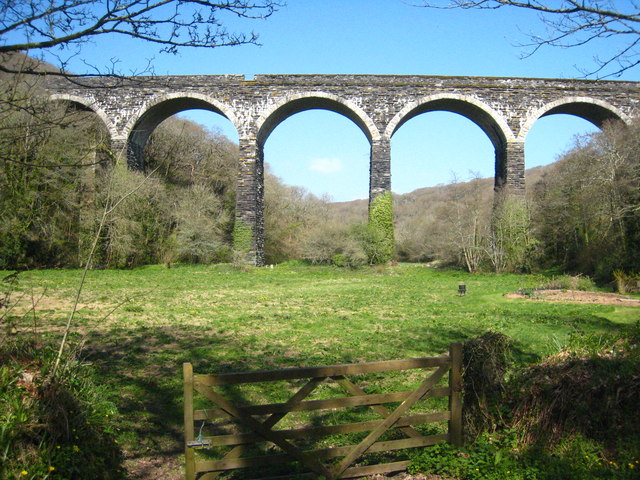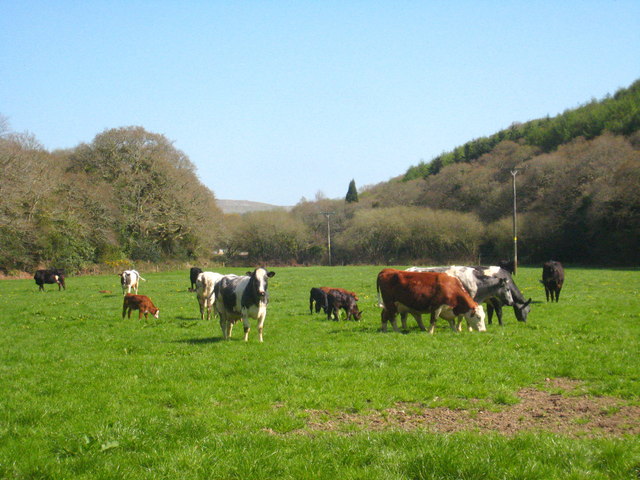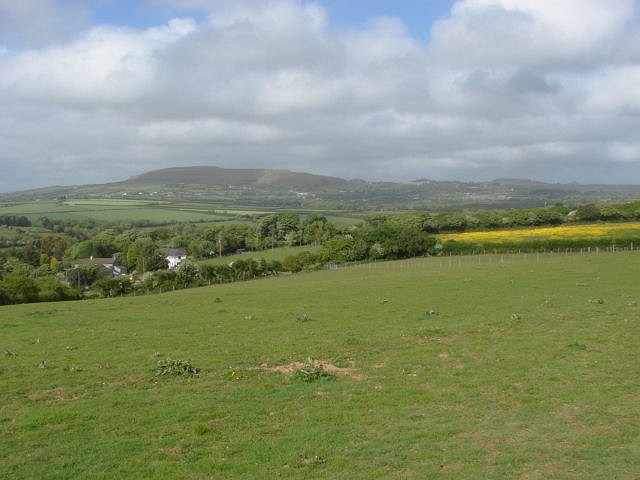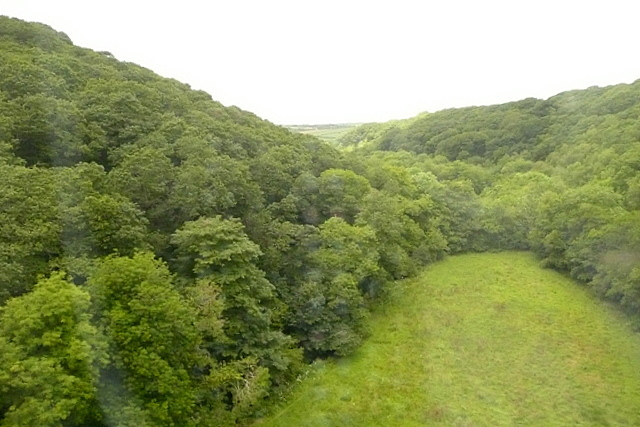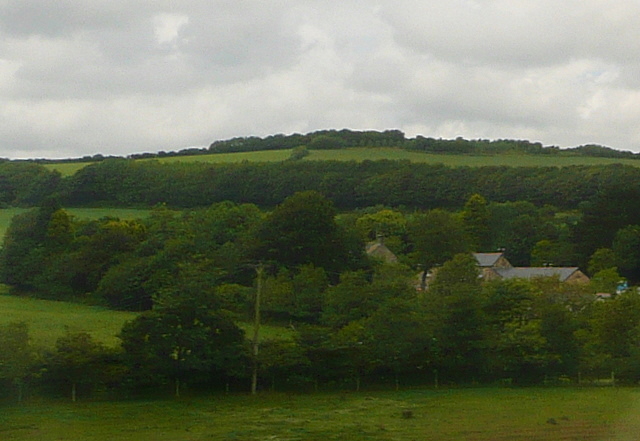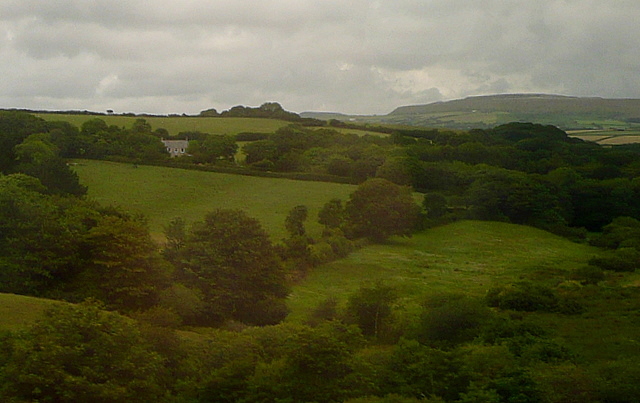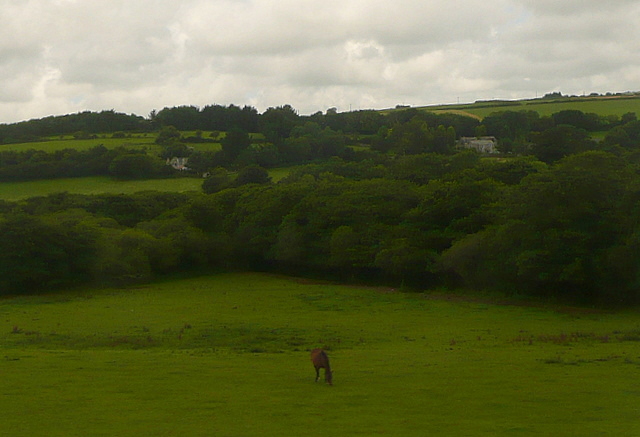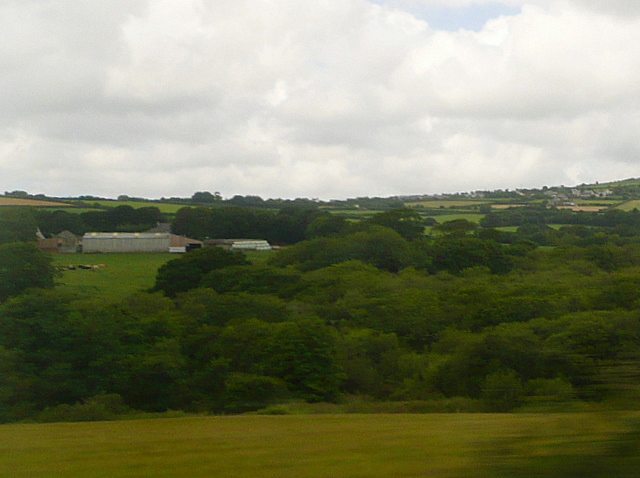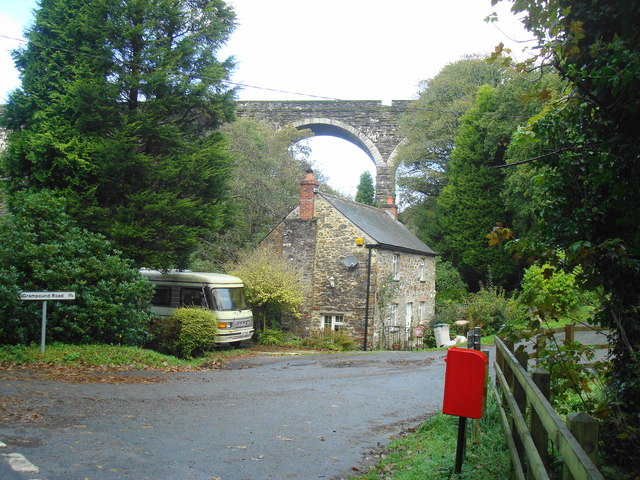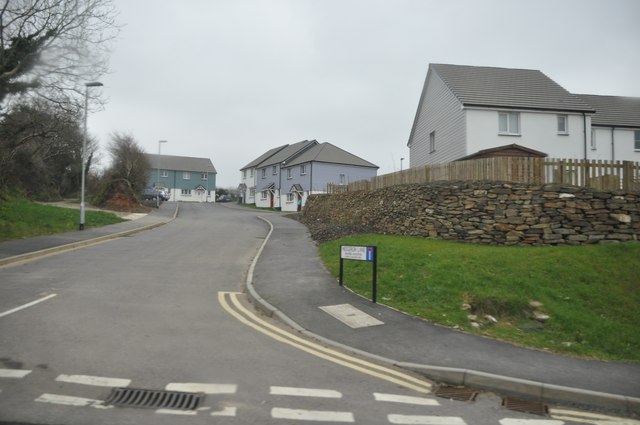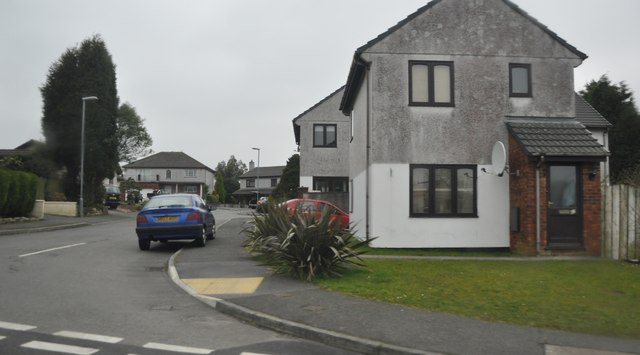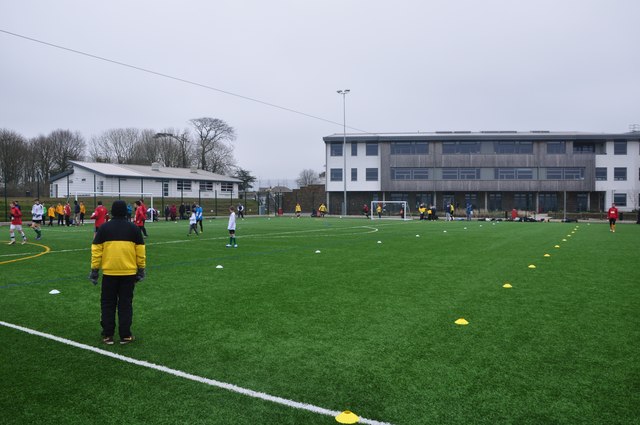Bodinnick Wood
Wood, Forest in Cornwall
England
Bodinnick Wood
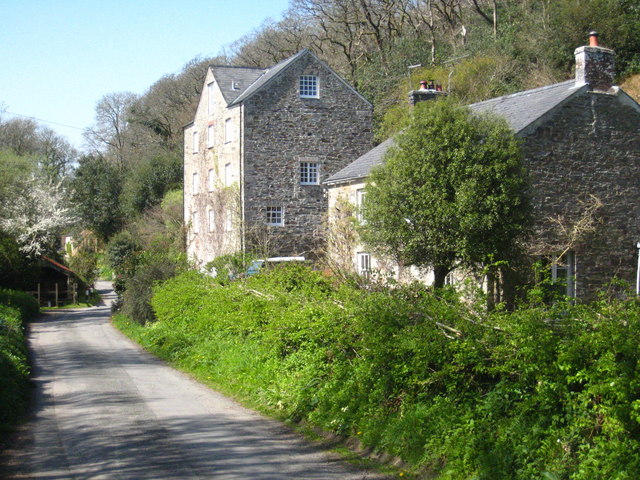
Bodinnick Wood is a picturesque forest located in Cornwall, England. Situated near the village of Bodinnick, the wood covers an area of approximately 40 acres. The forest is part of the larger Fowey Estuary Area of Outstanding Natural Beauty, and its stunning landscape attracts nature enthusiasts and hikers from near and far.
Bodinnick Wood is primarily composed of a variety of deciduous trees, including oak, beech, and ash. These trees provide a rich habitat for numerous species of wildlife, such as birds, squirrels, and deer. The forest floor is also home to a diverse range of plant life, including bluebells, wild garlic, and ferns, creating a vibrant and colorful environment.
Trails wind their way through the wood, offering visitors the opportunity to explore its natural beauty. The paths are well-maintained and clearly marked, making it easy for hikers of all levels to navigate. Along the way, there are several viewpoints that provide breathtaking vistas of the surrounding countryside, including the nearby Fowey River.
Bodinnick Wood is not only a haven for nature lovers but also a place of historical significance. The forest is said to have inspired the renowned author Daphne du Maurier, who lived in the nearby village of Fowey. Her love for the area is evident in many of her novels, which often feature the enchanting landscapes of Cornwall.
Overall, Bodinnick Wood offers a tranquil escape into nature, where visitors can immerse themselves in the beauty of the forest, take in stunning views, and experience the rich history and biodiversity of Cornwall.
If you have any feedback on the listing, please let us know in the comments section below.
Bodinnick Wood Images
Images are sourced within 2km of 50.330834/-4.8797437 or Grid Reference SW9551. Thanks to Geograph Open Source API. All images are credited.
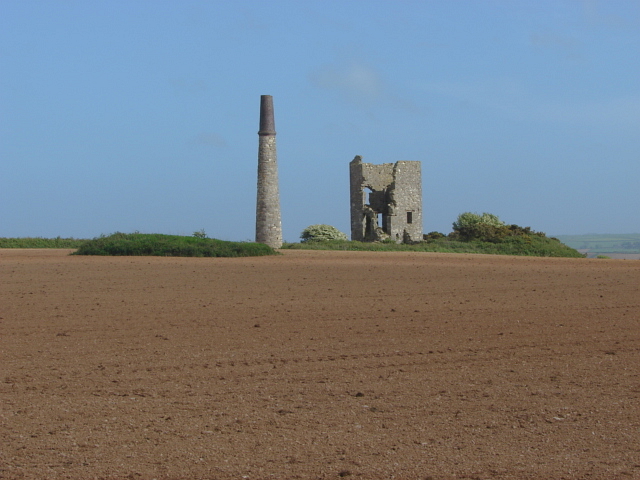
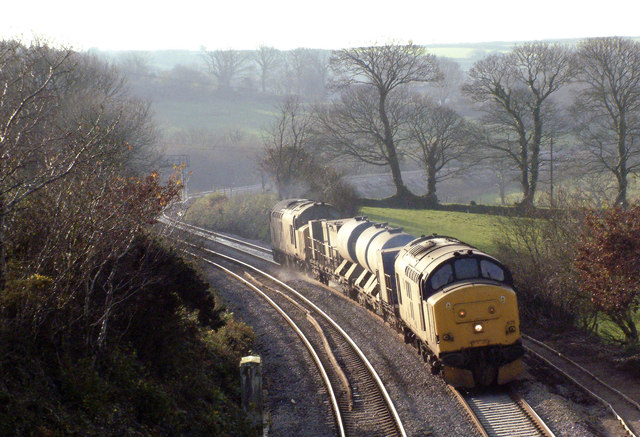
Bodinnick Wood is located at Grid Ref: SW9551 (Lat: 50.330834, Lng: -4.8797437)
Unitary Authority: Cornwall
Police Authority: Devon and Cornwall
What 3 Words
///immediate.senders.glare. Near St Stephen, Cornwall
Nearby Locations
Related Wikis
Coombe, St Stephen-in-Brannel
Coombe (Cornish: Komm) is a village in mid Cornwall, England, United Kingdom. The village is situated approximately four miles (6 km) west of St Austell...
Roseland Observatory
Roseland Observatory is located in Court Farm, one mile (1.6 km) southeast of St Stephen-in-Brannel, in mid Cornwall, England, United Kingdom. Roseland...
Brannel School
Brannel School is a co-educational secondary school located in St Stephen-in-Brannel, in Cornwall, England, UK. There are around 750 children aged 11–16...
St Stephen-in-Brannel
St Stephen-in-Brannel (known locally as St Stephen's or St Stephen) (Cornish: Eglosstefan yn Branel) is a civil parish and village in mid Cornwall, England...
Nearby Amenities
Located within 500m of 50.330834,-4.8797437Have you been to Bodinnick Wood?
Leave your review of Bodinnick Wood below (or comments, questions and feedback).
